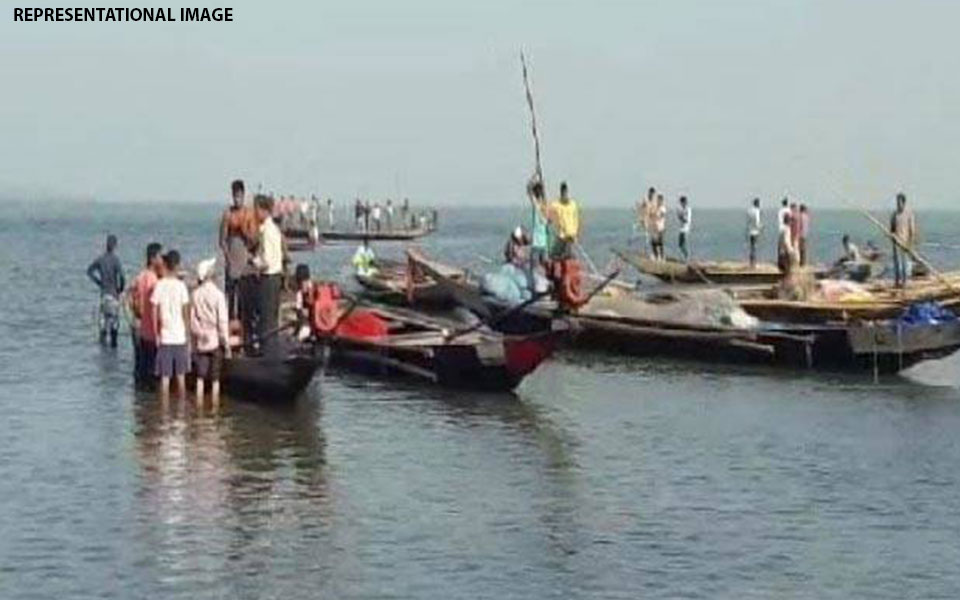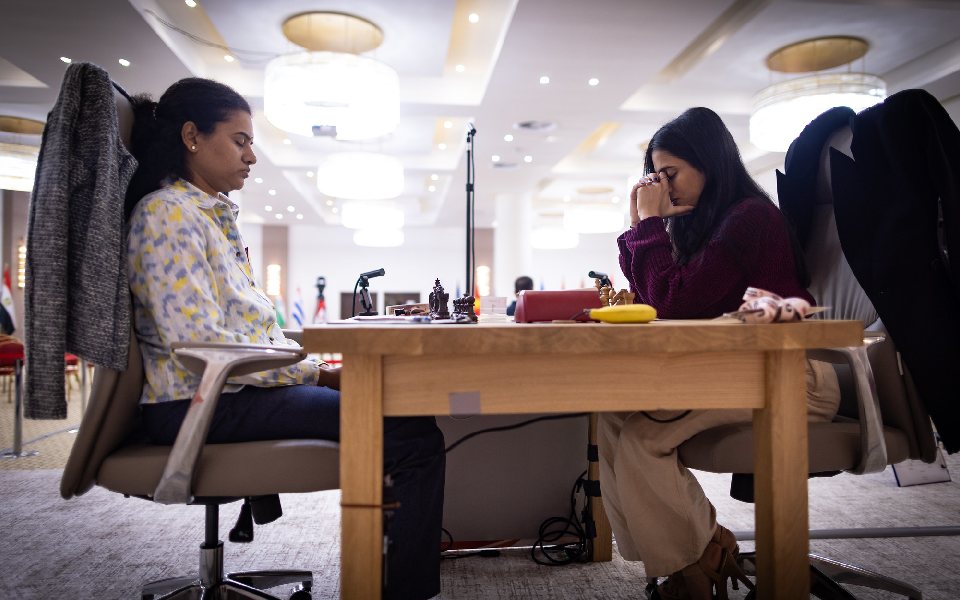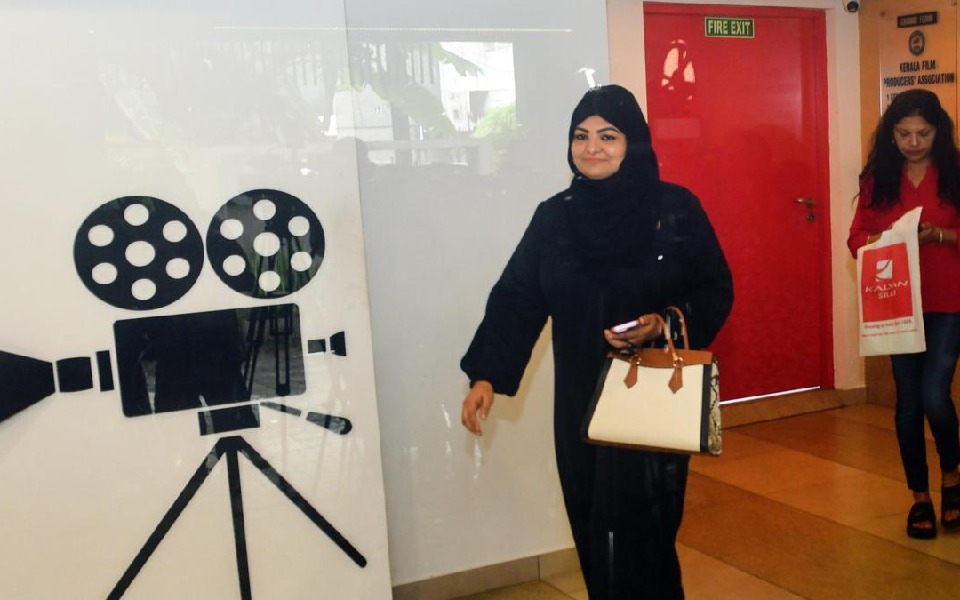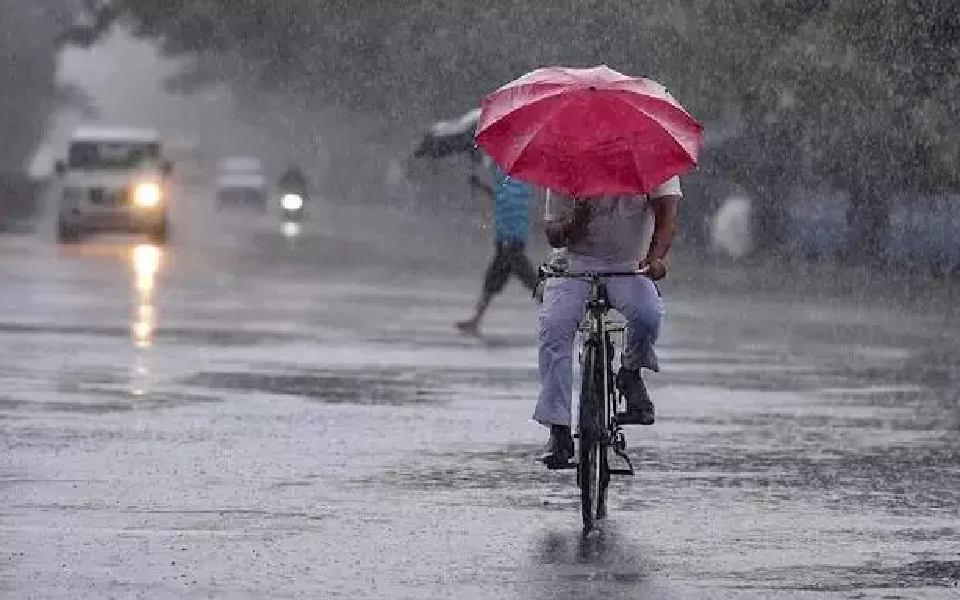Vijayawada, May 16: Rescue operations continue on Wednesday in the Godavari River in Andhra Pradesh where over 30 people are feared drowned after a launch capsized last evening.
Personnel from the Indian Navy traced the launch which is said to be at a depth of 60 feet. Rescue workers were trying to break open the windows to pull out the bodies, an official said.
The teams from the Navy, state disaster management department and the National Disaster Response Force (NDRF) personnel were engaged in the rescue operations.
They were mobilising heavy cranes near the shores to retrieve the launch that capsized on Tuesday.
The rescue work, which was halted late on Tuesday due to bad weather, resumed early on Wednesday. A helicopter was also pressed into service as part of the rescue work.
The incident occurred near Manturu in Devipatnam block of East Godavari district around 5 p.m. There were about 50 people on the boat when it capsized and 10 of them including two women swam to safety.
The boat, which sailed from Kondamodalu, was on its way Rajamahendravaram. It is believed to have capsized due to gusty winds.
Chief Minister N. Chandrababu Naidu directed the officials to undertake rescue operations on a war footing.
The incident came close on the heels of a boat with over 100 tourists catching fire in the Godavari River in the same district on May 11. The passengers had a narrow escape as the driver wheeled the boat to the shore and they jumped off before the entire boat was completely destroyed.
Let the Truth be known. If you read VB and like VB, please be a VB Supporter and Help us deliver the Truth to one and all.
Batumi (Georgia), Jul 26 (PTI): Young Indian International Master Divya Deshmukh held her nerves to hold stalwart Koneru Humpy to a draw in game 1 of the FIDE Women's World Cup final, with both players having their share of opportunities to take the lead here on Saturday.
The draw with black means Humpy, the two-time World Rapid champion, holds a slight edge going in the second and final game under the classical chess rules in the two-game mini-match, and should the deadlock continue, games of shorter duration will be played to determine the winner.
Humpy employed the Queen's gambit accepted as black and it turned out to be a pretty fascinating game right out of the opening as Divya, 19, came up with a piece sacrifice early to deny the black king the right to castle.
Humpy was the first to err and, according to computers, Divya had things under control on the 14th move. However in her bid to recover the extra material, the Nagpur girl, who has secured a place in the Candidates tournament with her sterling performance here, missed a promising continuation.
What followed the exchange of all minor pieces and the ensuing queen and rook endgame gave enough counter play to both players. The game was eventually drawn after Humpy sacrificed her rook to force perpetual checks.
"The game saw an extremely sharp battle with the game ending in a draw in 41 moves. On move 7, Divya made her aggressive intentions clear by offering another pawn,
which looked like home preparation. Humpy made a practical decision of refraining from taking the pawn and a balanced position was reached by move 10 by white," said Grandmaster Pravin Thipsay, an Arjuna awardee and the first Indian to get a chess Grandmaster norm.
"However, instead of developing the undeveloped Knight, Humpy retreated the centralised Knight on move 10, giving huge positional advantage to Divya. Divya could have gained huge positional advantage on the 12th move by moving a rook. However, she chose to play for King side attack by sacrificing a piece instead.
"Humpy, too, erred at this stage and instead of moving the King to Queen side, moved it to the King side. Divya, on move 14, could have obtained a crushing attack by threatening a mate by developing her Queen. Instead she chose to exchange a pair of Bishops first, which enabled Humpy to defend her King by returning the piece," said Thipsay.
"Players thus reached a balanced Queen and two Rooks ending. Divya continued to play ambitiously and tried to attack Humpy’s King but the latter defended accurately and the game was drawn in 41 moves by perpetual check," he added.
In the play-off for the third place, Chinese players Zhongyi Tan, the former women's world champion and top seed Lei Tingjie also decided to split points out of a Queen’s gambit declined game.
The opening raised visions of a close contest between the two but having been knocked out of title race in the previous round, none of them wanted to take any huge risk. It was still a middle game when the players shook hands.
With the top two positions sealed for the Indians, the berth to the next Candidates is also assigned, while the player finishing third will also get an entry to the premier event scheduled for 2026.
Results: Divya Deshmukh (Ind) drew with Koneru Humpy (Ind); Zhongyi Tan (Chn) drew with Tingjie Lei (Chn).





